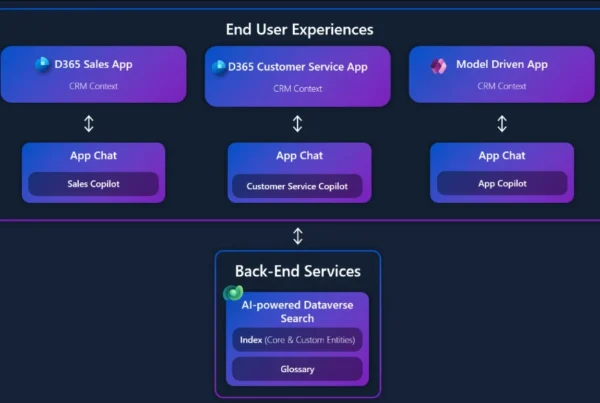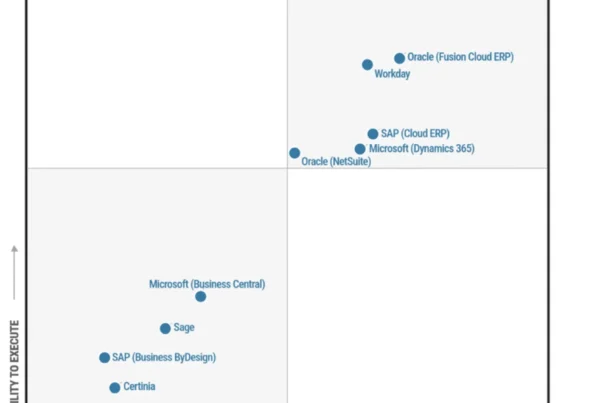
Forecasting revenue and tracking progress in alignment with your organization’s fiscal calendar is crucial for accurate projections and results. To easily meet this need, your sales team can use the custom fiscal calendar feature in Dynamics 365 Sales.
Unexpected revenue fluctuations can occur for numerous reasons, ranging from a holiday season, to weekend spending, to weather conditions. As a result, organizations often adopt a unique fiscal calendar to standardize reporting periods. Unfortunately, organizations tracking their forecasts in a spreadsheet can have difficulty making these normalized comparisons from period to period.
Dynamics 365 Sales helps solve the issue with a configuration setting that allows administrative users to build a forecast to match their organization’s customized fiscal calendar. No more neglecting revenue fluctuations in financial reviews or painstakingly factoring in revenue seasonality via a spreadsheet.
The standard Gregorian calendar works for most businesses and industries, but there are several examples where the standard calendar does not apply. For instance, the commercial broadcast sector has a custom, industry-specific calendar used primarily for the planning and purchase of radio and television programs and advertising.
Adding to the scheduling complexity, broadcast calendar years will have either 52 or 53 weeks. A broadcast calendar will contain 53 weeks in a leap year if January 1 falls on a Saturday or Sunday or, in a non-leap year, if January 1 falls on a Sunday. And just to add another difficult-to-solve wrinkle, a day in the broadcast industry does not typically begin at midnight, but at 5 a.m.
As you can see, this can present a headache when trying to compare period over period. But now Dynamics 365 Sales eliminates the pain with built-in logic to automatically allow sales teams to create a custom fiscal calendar. With this feature, sales teams have the capability to select a custom fiscal period to match that of their business, including a broadcast calendar, calendar patterns with 13-week quarters (such as the 4-4-5 template) and 4-week periods (such as the 3-3-3-4 template), and other variations. In addition, sales forecast administrators have the flexibility needed to set an extra week at the end of any period to account for leap years.
This support for custom fiscal periods improves the accuracy of forecast comparisons so that sales teams have better visibility into their revenue targets and sales progress.
Next steps
To learn more about how to configure your organization’s forecast schedule, check out the documentation.





